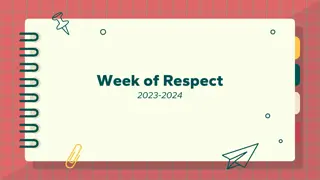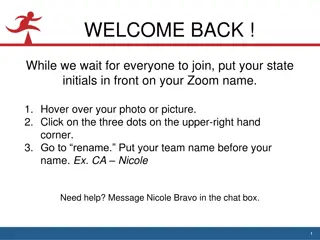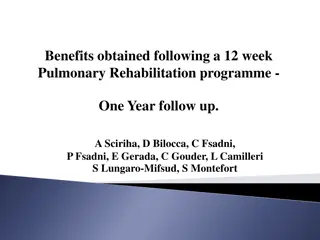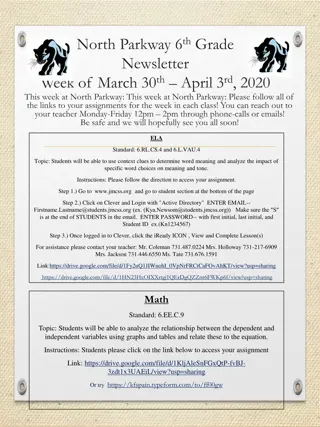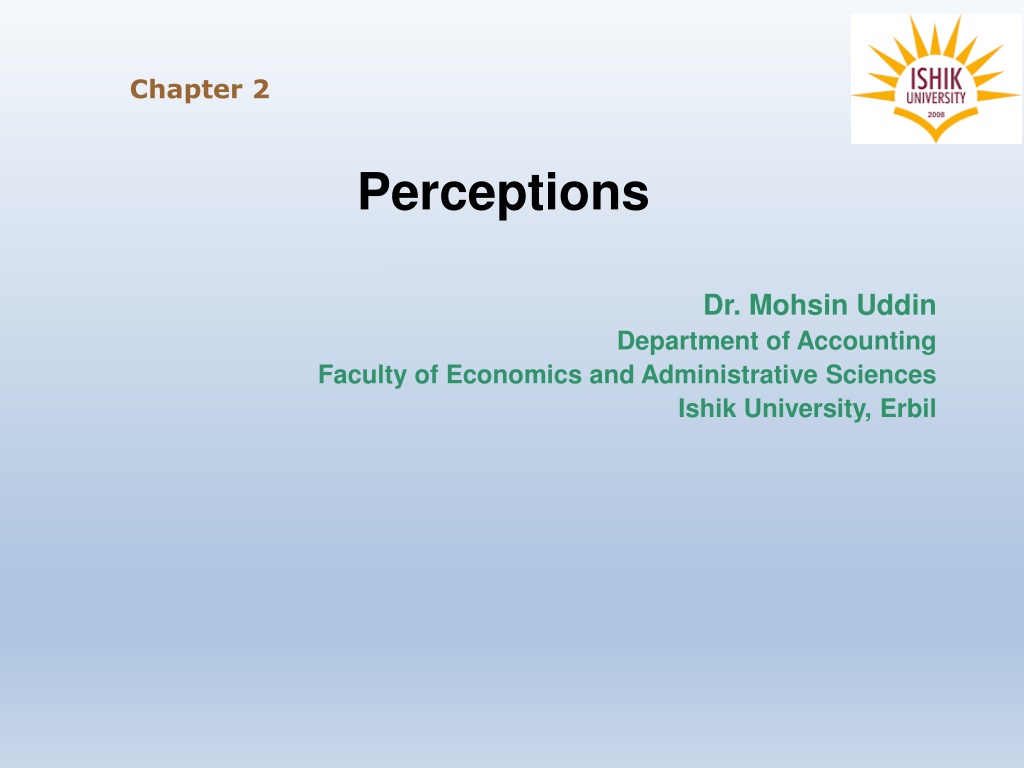
Career Paths in Psychology and Counseling
Explore the diverse field of psychology through different specializations such as clinical, educational, and occupational psychology. Learn about the roles and settings where professionals work to support individuals with mental health needs, educational challenges, and workplace effectiveness.
Download Presentation

Please find below an Image/Link to download the presentation.
The content on the website is provided AS IS for your information and personal use only. It may not be sold, licensed, or shared on other websites without obtaining consent from the author. Download presentation by click this link. If you encounter any issues during the download, it is possible that the publisher has removed the file from their server.
E N D
Presentation Transcript
Chapter 2 Perceptions Dr. Mohsin Uddin Department of Accounting Faculty of Economics and Administrative Sciences Ishik University, Erbil
Clinical Psychology Clinical Educational Occupational Help people who have serious mental illness depression anxiety child & family problems Counselling Forensic Health Sport
Life as a Clinical Psychologist Where? Mostly in : Hospitals, health centres, Community mental health teams, child and adolescent mental health, social services. How? Part of team with social workers, doctors, other health professionals. Assess people s mental health via psychometric tests, interviews . . . .
Educational Psychology Clinical Educational Occupational Help children and young people develop and learn Assessing child s special educational needs Counselling Forensic Health Sport
Life as an Educational Psychologist Where? Mostly for Local Education Authorities, some private, in nurseries, schools, colleges, special units. How? Assess child s learning problems and plan support. May work with child, parents or school. Involved in policy planning.
Occupational Psychology Clinical Educational Occupational Improve the effectiveness of organisations satisfaction of employees Counselling Forensic Health Sport & Exercise Neuropsychology Teaching and Research
Life as an Occupational Psychologist Where? In large organisations, both private and public (e.g. Civil Service), or private consultancies (e.g. management training centers). How? Working along with managers, trade union, etc. to change working conditions. Involved in selection and training.
Counselling Clinical Educational Occupational Help people deal with personal and family problems sadness stress, effects of trauma, etc. Counselling Forensic Health Sport & Exercise Neuropsychology Teaching and Research
Forensic Psychology Clinical Educational Occupational Criminal profiling to aid detection treatment programs for offenders assessment for parole(Bail) boards training & selection of police & magistrates Counselling Forensic Health Sport & Exercise Neuropsychology Teaching & Research
Health Psychology . . . Clinical Educational Occupational preventing ill health, both physical & mental changing attitudes and behaviours help patients in the self-management of their illness Counselling Forensic Health Sport & Exercise
Sport Psychology . . . Clinical Educational Occupational Assess athletes to determine the relationship between their mental state and physical performance. Teach visualization techniques to individuals to enhance performance. Counselling Forensic Health Sport
Week Hour 1 2 Date Topic An Introduction to Psychology Attention and Perception 2 2 3-7/2/2019 10-14/2/2019 3 4 2 2 17-21/2/2019 24-28/2/2019 Memory Groups 5 6 2 2 3-7/3/2019 26-28/3/2019 Practical Motivation and Emotion 7 8 2 2 31/3-4/4/2019 7-11/4/2019 Attitude Helping behavior 9 2 2 14-18/4/2019 21-25/4/2019 Midterm Exam Personality 10 11 12 2 2 28/4-2/5/2019 5-9/5/2019 Practical Unpleasant Social Behaviours 13 14 2 2 12-16/5/2019 19-23/5/2019 Environmental Stress Understanding Individual Differences 15 16 2 2 26-30/5/2019 9-13/6/2019 Leadership Final Exam 17 2 16-20/6/2019 Final Exam
COURSE EVALUATION CRITERIA Percentage (%) 5 5 5 20 10 5 10 40 100 Method Quantity Participation Quiz Homework Midterm Exam(s) Presentation Laboratory Lab/Practical Exam(s) Final Exam 1 1 1 1 1 1 1 1 Total
Learning Objectives Understand the Concept of Perception
Perception The process by which individuals organize and interpret their sensory impressions in order to give meaning to their environment.
PERCEPTION Chapter-5 6
Objectives of The Chapter To understand Meaning of Perception Factors influencing Perception Personality Type
Whatdo You Understand by this Picture? 2 8
Meaning ofPerception Perception may be defined as the by which process an individual selects, organizes and interprets stimuli into picture of the environment a meaningful and clear in which he lives. 2 9
Perceptual Selectivity Though people are exposed to several stimuli , they tend to select only a few at a given point of time, this is perceptual selectivity. 30
Factors Influencing Perceptual Selectivity External Attention Factors Strength Size Contrast Repetition Motion familiarity Internal Set Factors Learning and Perception Motivation and Perception Personality and Perception 31
External Attention Factors Size: A larger object is more likely to be noticed than a smaller object. Example: Which you can read fast? God is great God is great 32
External Attention Factors According to the principles of Contrast: contrast, the stimuli that contradict most with the background or the expectations of people receive maximum attention. Example: Which white square is smaller? 33
External Attention Factors Contd Motion: People gives more attention to moving objects than the static objects. Example: Moving object static object 34
External Attention Factors Contd Repetition The more number of times a stimulus is repeated, the more it is likely to be noticed 35
Internal Set Factors Learning and Perception: Learning by itself plays a major role in developing the perceptual set. Example: Hilly Terrrain Ahead 36
Motivation and Perception: Personality and Perception: The motives: primary Personality of a person influence perception Hunger and Thirst The motives: secondary The power, need The need for and for for The achievement affiliation need 37
Factors Influencing Perception The Perceiver The Target The Situation 38
Social Perception It is directly concerned with how one individual perceives other individuals; how we get to know others. Factors affecting Social perception Attribution Stereotyping The Halo Effect 39
Attribution refers Attribution explain the cause of their own behavior. The determination three factors: Distinctiveness Consensus Consistency to how another s or people depends on Chapter-5 40
Stereotyping It is another person as belonging to a single class or category the tendency to perceive Halo effect The person is perceived on the basis of one trait or event. 41
Stereotypes A generalized set of beliefs about the characteristics of a group of individuals What thoughts come to mind when you perceive the individuals in these photographs? 2-42
Impression Management It is referred to as self presentation It is the process by which people try to manage or control the perceptions formed by other themselves. people about 43




